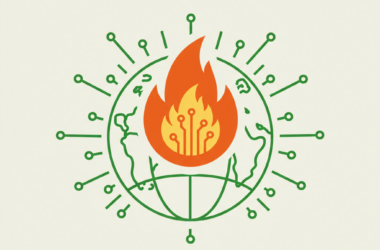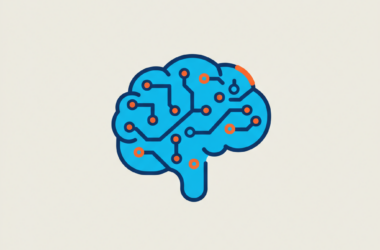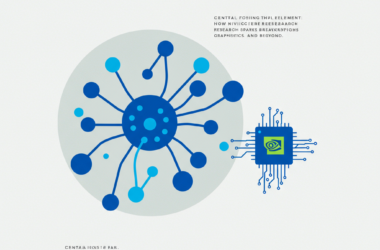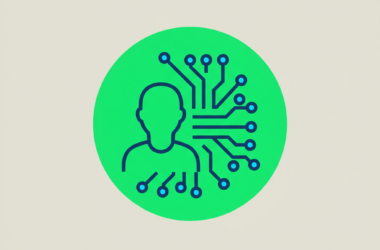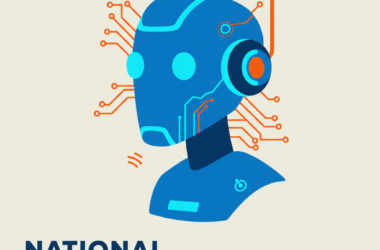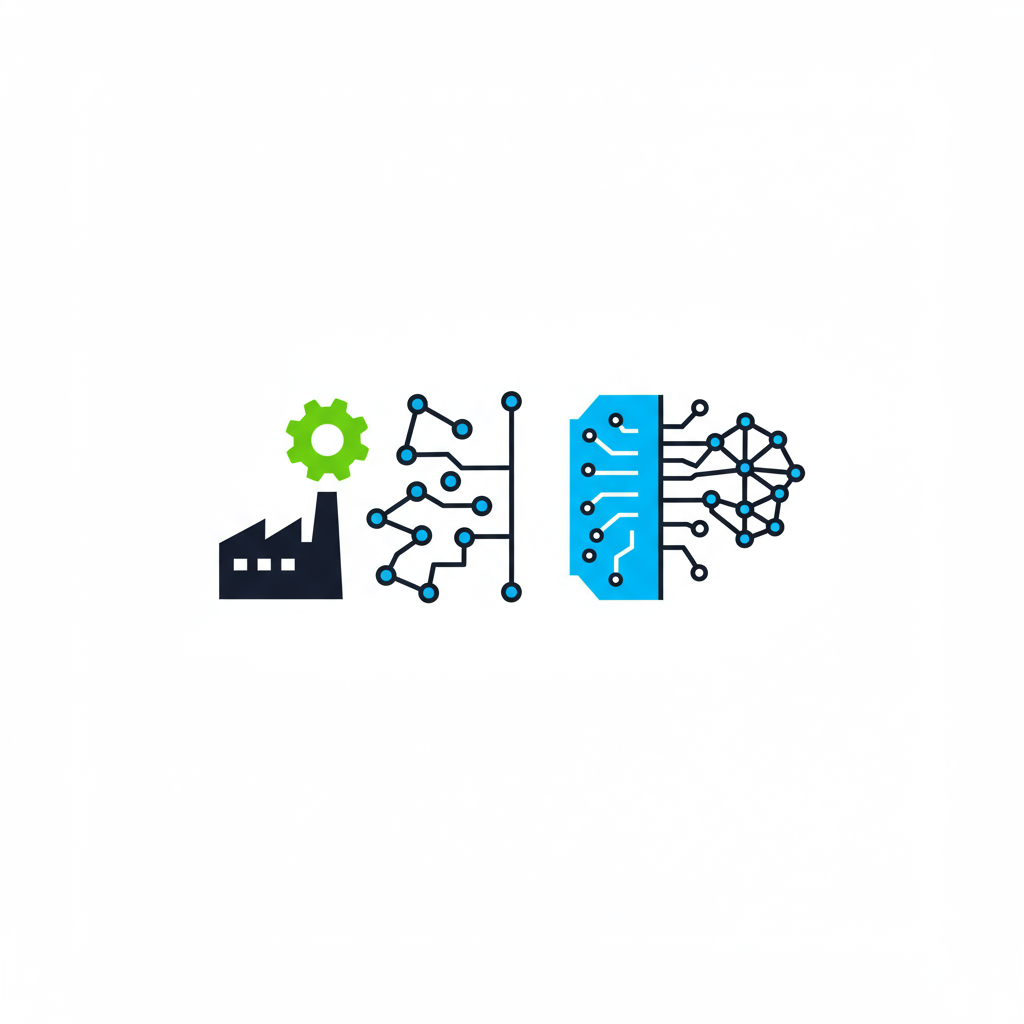
A new approach is emerging in the industrial sector that leverages advanced simulation technology to train physical artificial intelligence within digital replicas of real-world facilities. This innovative framework provides a preview version that allows companies to test fleets of robots in a virtual environment, ensuring that complex tasks and interactions can be refined safely and efficiently before being deployed on the factory floor.
Physical AI is driving a transformative change in industrial operations by integrating embodied AI solutions across manufacturing, warehousing, and logistics. The integration of humanoid robots, autonomous mobile robots, and advanced visual AI agents is redefining how machines and humans collaborate in dynamic settings. This convergence of technologies brings higher levels of automation, increased productivity, and enhanced operational safety.
The cutting-edge blueprint is designed to accelerate the development, testing, and eventual deployment of physical AI systems. Built on the NVIDIA Omniverse platform and incorporating crucial elements such as sensor simulation (sensor simulation) and synthetic data generation, this framework offers a robust reference workflow for simulating human-robot interactions. By enabling the testing of varied robotic systems and their onboard control strategies, enterprises can optimize performance related to mobility, navigation, and spatial reasoning without incurring the high costs or risks of real-world trials.
Industry leaders have already begun to demonstrate the value of this simulation-first approach. At a major international event focused on industrial development, companies such as Accenture and Schaeffler showcased how the blueprint is used to simulate a humanoid robot from Agility Robotics in a digital twin environment. Their presentations highlighted how digital twin technologies can be employed to optimize facility layouts, material flow, and collaborative tasks between human workers and robots. Additionally, ecosystem partners including Delta Electronics, Rockwell Automation, and Siemens are integrating NVIDIA Omniverse and NVIDIA AI technologies to further enhance these simulation-based strategies.
Digital twins, which are virtually accurate representations of physical facilities, serve as essential testbeds for validating the interactions of complex robotic fleets. Utilizing the NVIDIA Omniverse platform along with the Universal Scene Description framework, developers can rapidly create, test, and refine operational policies in a controlled, virtual setting. This cycle of simulation, validation, and real-world deployment fosters continuous learning and improvement, ensuring that robotic systems adapt and evolve to meet industrial challenges effectively.
The framework also extends to the realm of visual intelligence. Advanced visual AI agents are capable of extracting critical insights from live and recorded video, improving contexts such as worker safety, regulatory compliance, and space utilization. To support this, NVIDIA introduced an AI Blueprint for video search and summarization, which developers can integrate into the overall system to further drive operational efficiency.
This integrative approach marks a significant step toward a software-defined future in the industrial domain. By combining digital twins and advanced AI technologies, companies can unlock new levels of innovation and operational excellence. Interested parties can access a variety of resources—including technical deep dives, interactive demonstration pages, and self-paced training programs centered on the NVIDIA Omniverse platform and OpenUSD framework—to better understand and implement these next-generation solutions.
An overview video detailing these advancements is available here.


